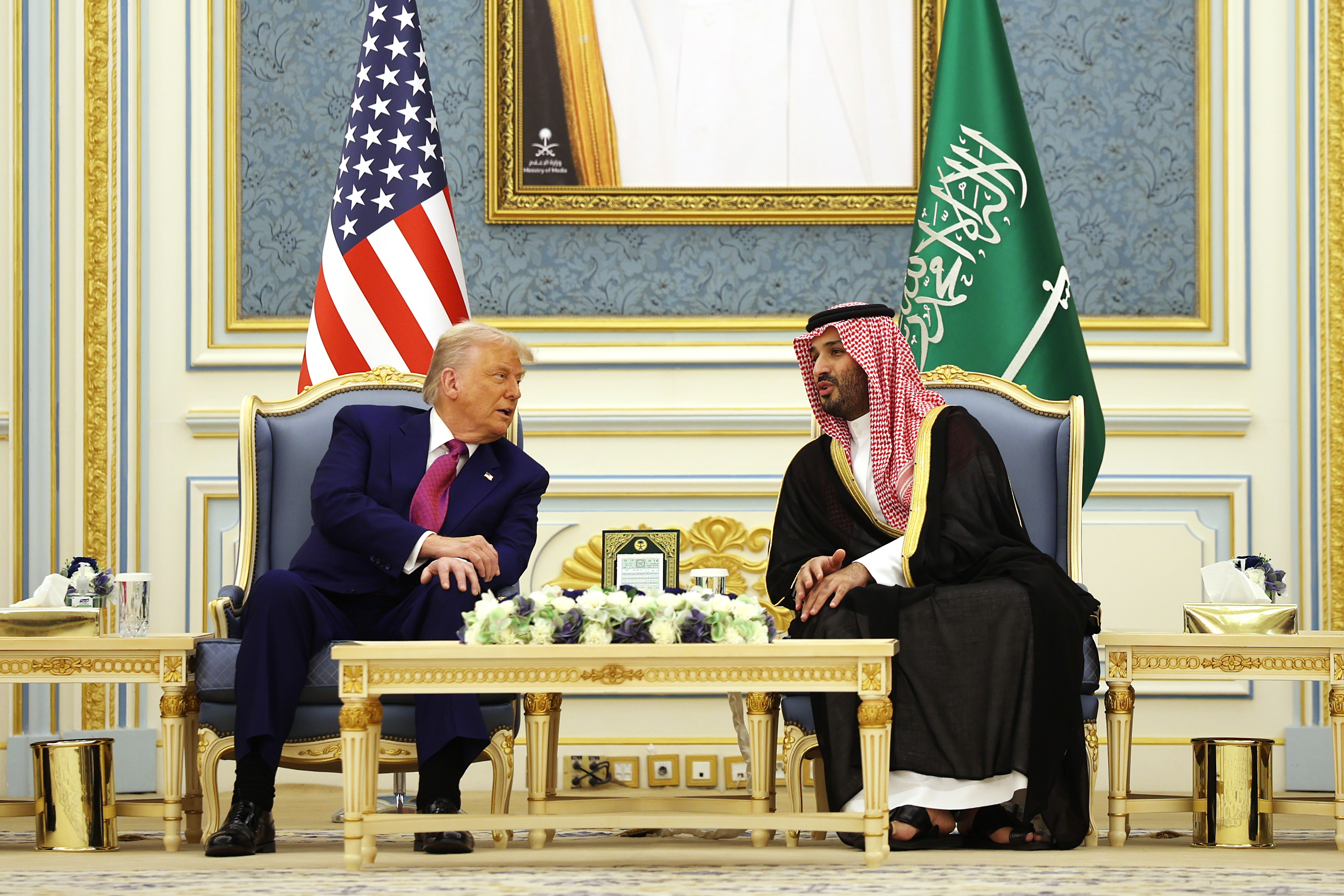Joint forum advances Saudi Vision 2030
Saudi Arabia and the U.S. will launch a major investment forum to deepen capital flows into energy transition, digital infrastructure and industrial projects, strengthening Vision 2030’s diversification push and expanding bilateral economic cooperation.

Saudi Arabia and the United States will inaugurate a bilateral investment forum during Crown Prince Mohammed bin Salman’s Washington visit, marking a significant expansion of economic cooperation between two of the world’s largest capital markets. For Saudi Arabia, the forum is a strategic instrument to accelerate Vision 2030’s diversification agenda. For the United States, it represents an opportunity to channel U.S. capital and technology into Middle Eastern markets at a moment when geopolitical restructuring and supply-chain realignments are reshaping global investment flows.
The mechanism behind this initiative is rooted in complementary economic priorities. Saudi Arabia seeks to mobilize private capital—domestic and foreign—to fund a USD 3 trillion pipeline of projects spanning energy transition, advanced manufacturing, logistics, and next-generation urban development. The U.S., meanwhile, aims to strengthen strategic ties with a G20 economy central to global hydrocarbons, critical-minerals logistics, LNG security and regional stability.
The forum is expected to focus on five categories: energy transition; digital infrastructure and AI; industrial localization; healthcare innovation; and capital-market cooperation. Key Saudi entities—PIF, Aramco, SABIC, Ma’aden—are expected to showcase multi-billion-dollar projects requiring foreign equity, technology partnerships, and specialized supply-chain capabilities. U.S. investors, in turn, will explore opportunities in renewable hydrogen, petrochemicals upgrades, mobility solutions, cloud infrastructure and giga-project ecosystems.
Macroeconomic implications for Saudi Arabia are substantial. Vision 2030 requires a deep capital pool beyond domestic financing capacity, especially as the state seeks to shift from public-sector spending to private-sector-led growth. Enhanced U.S. partnership can raise FDI inflows, expand joint-venture structures, and accelerate technology transfer—critical for increasing non-oil GDP from the current ~50% to over 60% by 2030. For the U.S., the engagement supports diversification away from China-focused supply chains while broadening access to a strategically located Middle Eastern market.
Financial markets reacted positively, with Saudi exchange-listed companies tied to industrial development and energy transition receiving renewed investor interest. Dollar-denominated Saudi debt spreads tightened marginally on expectations of improving capital-market depth and global participation.
Risks remain. Geopolitical tensions could complicate bilateral cooperation, especially across sectors sensitive to U.S. regulatory frameworks, export controls and ESG disclosure standards. Transparency expectations may require Saudi corporates to enhance governance practices to attract long-term institutional capital. Meanwhile, global monetary tightening could affect capital availability and raise required rates of return.
Forward indicators to monitor include FDI commitments recorded during the forum, new bilateral financing frameworks, co-investment agreements between U.S. asset managers and Saudi sovereign entities, and regulatory announcements that may open additional sectors to foreign ownership. If the forum succeeds, it will signal that Saudi Arabia has strengthened its integration with U.S. capital networks while accelerating the shift toward a knowledge-rich, high-productivity economic model.
Saudi Arabia’s investment forum reflects a wider realignment: the kingdom is positioning itself not only as an energy giant but as a global investment platform linking Africa, Asia and the West. For the U.S., deeper engagement enhances access to a rapidly transforming market central to global economic reconfiguration.





